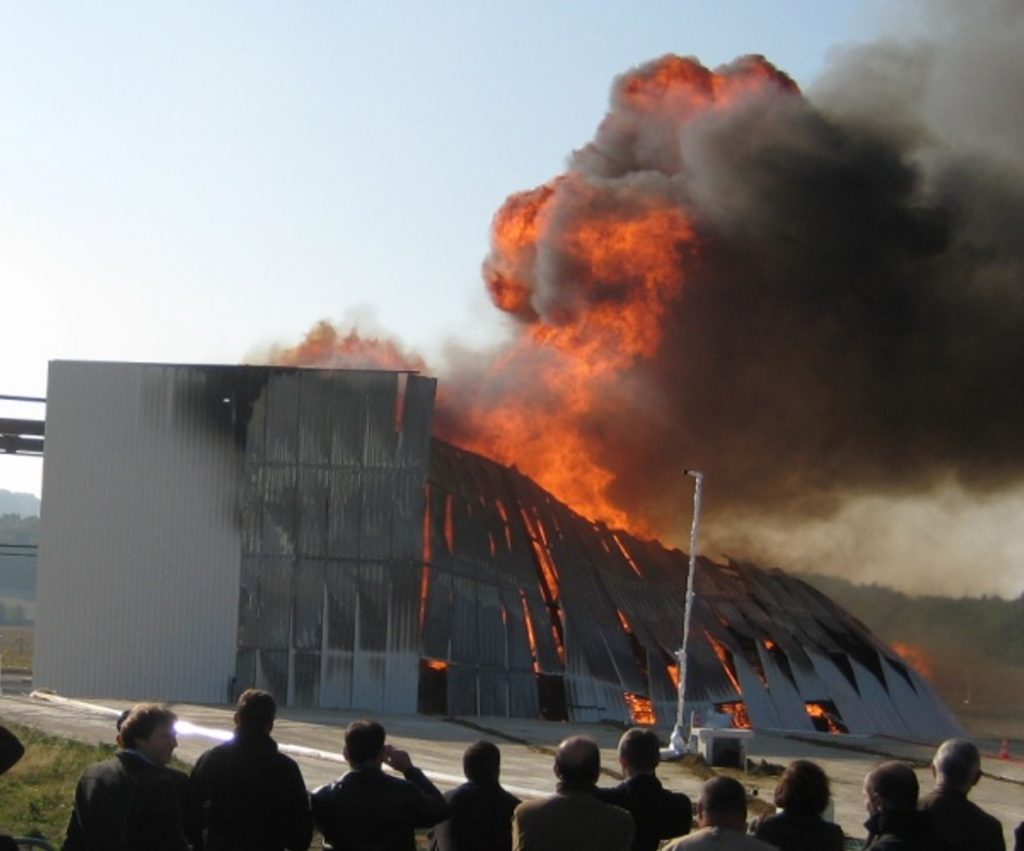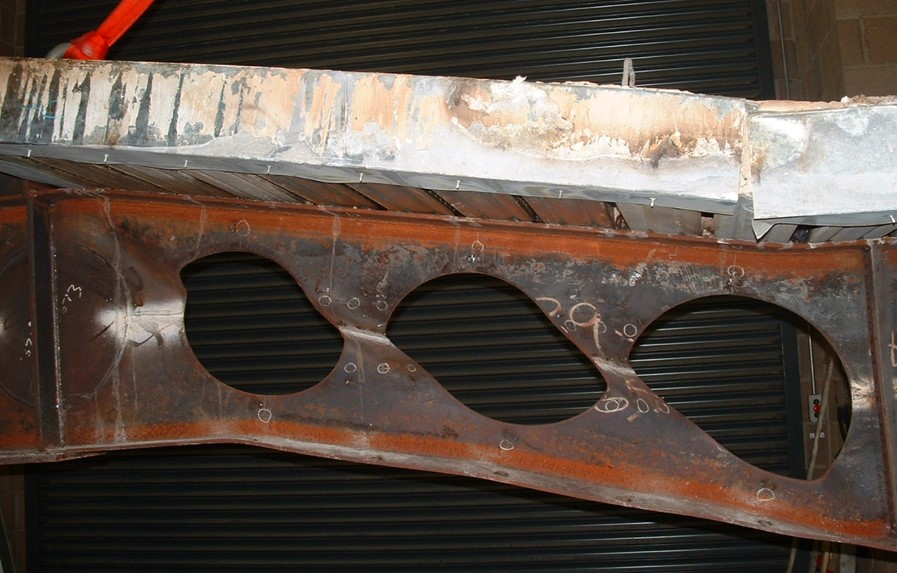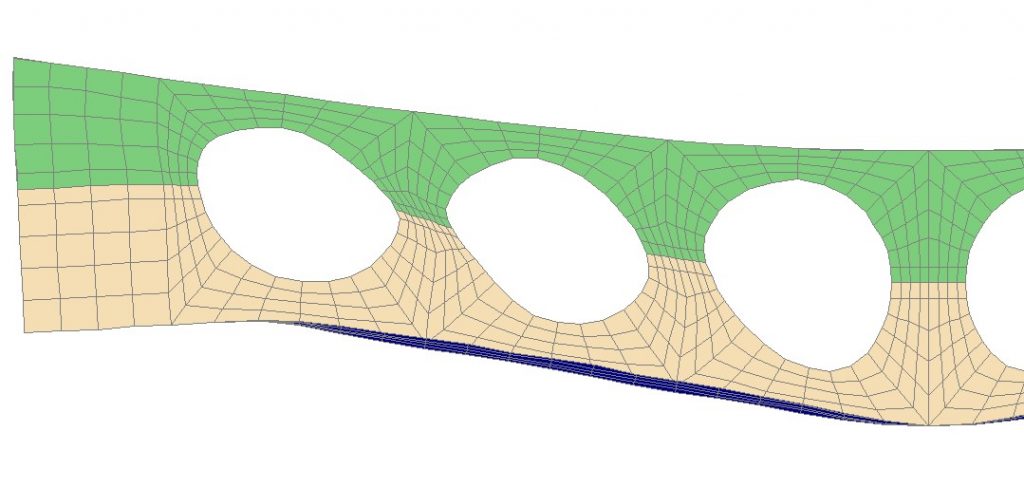Dr. Gernay’s research contributes to the development of SAFIR, a nonlinear finite element software for modeling the behavior of building structures subjected to fire.
SAFIR is widely used for research and education in structural fire engineering.


The SAFIR YouTube channel includes videos from users covering examples of applications of the software with buildings, bridges, and tunnels.
Description
SAFIR is a computer program that models the behavior of building structures subjected to fire. The structure can be made of a 3D skeleton of linear elements such as beams and columns, in conjunction with planar elements such as slabs and walls. Volumetric elements can be used for analysis of details in the structure such as connections. Different materials such as steel, concrete, timber, aluminum, gypsum or thermally insulating products can be used separately or in combination in the model.
The gas temperatures produced by the fire must be entered as input data in the program. Some time-temperature curves recommended in international standards are proposed. It is also possible to consider localized fire exposures or to interface SAFIR with the CFD software FDS.

From these gas temperatures, SAFIR will first calculate the evolution of the temperatures in the structure. The structure can be made of different materials such as steel, concrete, timber, aluminum, gypsum or thermally insulating products, used separately or in combinations. These temperatures are stored in different files.

The mechanical behavior of the structure is then calculated on the basis of its geometry, its support conditions, the loads that it must withstand and the strength of the materials, taking into account the progressive increase of temperature. The elevation of temperature in the materials produces thermal elongations together with a reduction of strength and stiffness. As a consequence, the displacements of the structure increase continuously during the course of the fire until collapse. The software accounts for material and geometrical nonlinearities.

SAFIR has been used in numerous research projects. It has been validated against multiple experimental test campaigns on different types of materials, structural elements, structural assemblies and different fire exposures.


Reference
Franssen, J.M., Gernay, T. (2017), Modeling structures in fire with SAFIR®: Theoretical background and capabilities, Journal of Structural Fire Engineering, 8(3):300-323. https://doi.org/10.1108/JSFE-07-2016-0010
SAFIR is licensed by Gesval. For more information, visit the Gesval website.


